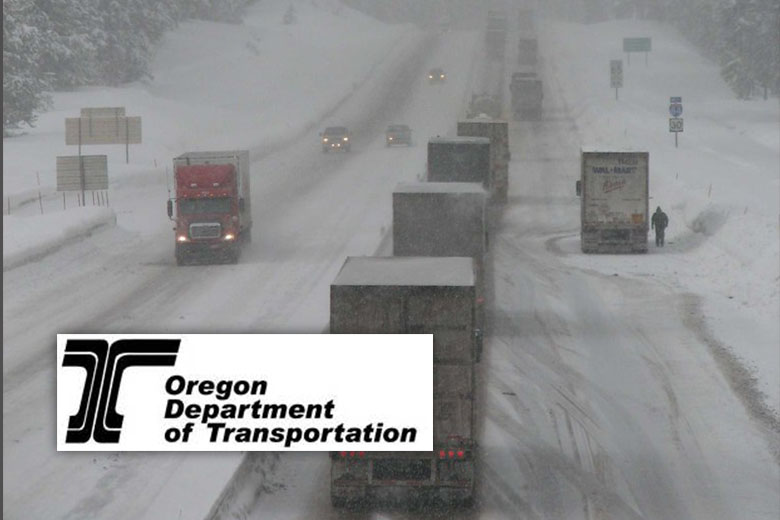
Reminder, Adjust Driving to Match Icy Conditions
By Garrett Christensen on Wednesday, December 7th, 2022 in Northeastern Oregon News Northeastern Oregon Top Stories
OREGON – (Information from the Oregon Department of Transportation) With winter well and truly setting in, plenty of hazards will be on the roads, including ice. The following is a recap of the Oregon Department of Transportations advice for driving in icy conditions:
- Turn of curse control and drive cautiously
- Adjust speed to match road conditions, especially wet, snow packed or ice-covered roads
- Increase following distance to vehicles in front of you by about three times as normal
- If your vehicle begins to lose control or feel floaty, gradually slow down by gently tapping the brakes. Do not slam on the brakes!
- Avoid going through snow drifts when possible as this may cause loss of control
- Keep your distance when approaching or following trucks, snowplows and commercial vehicles as the blowing powdered snow may cause loss of visibility.
- Watch for signs of ice buildup on windshield wipers, side view mirrors, road signs, tree or fences as this may indicate ice on the roadway.
Regarding black ice, ODOT states the following:
“Black ice, also called glare ice or clear ice, is a thin layer of ice on the roadway. Any ice is dangerous to drive on, but black ice is particularly hazardous because the road looks wet, not icy. Black ice isn’t really black; it’s so thin and transparent that the darker pavement shows through. It often has a matte appearance rather than the expected gloss.
Ordinary snow tires are designed for snow, not ice. The most helpful device for gaining traction on ice is tire chains. But even with chains, stopping distance is still several times greater than on dry pavement with ordinary tires.
Black ice is most common at night and very early in the morning, when temperatures are typically their lowest. It is usually thin enough that it melts soon after sunlight hits it, but it can last much longer on shaded areas of roadways. The ground cools more slowly than the air and warms back more slowly as well, so even if the air temperature is above freezing, the roadway may still be frozen. This discrepancy between temperatures can lull drivers into a false sense of security.”
More information on winter driving conditions can be found at Oregon Department of Transportation : Winter Travel Tips : State of Oregon

